Faced with a dwindling intake of recruits, the Czech Army has launched a pilot program to increase the number of recruits. As instructors bark orders, dozens of cadets trudge through dense undergrowth, carrying combat rifles and learning proper shooting positions.
Like many eastern European NATO countries, the Czech Republic has missed its recruitment targets for years and has struggled to maintain troop levels, leaving military units understaffed and unable to be immediately combat-ready amid the Russia-Ukraine conflict on the eastern edge of Europe.
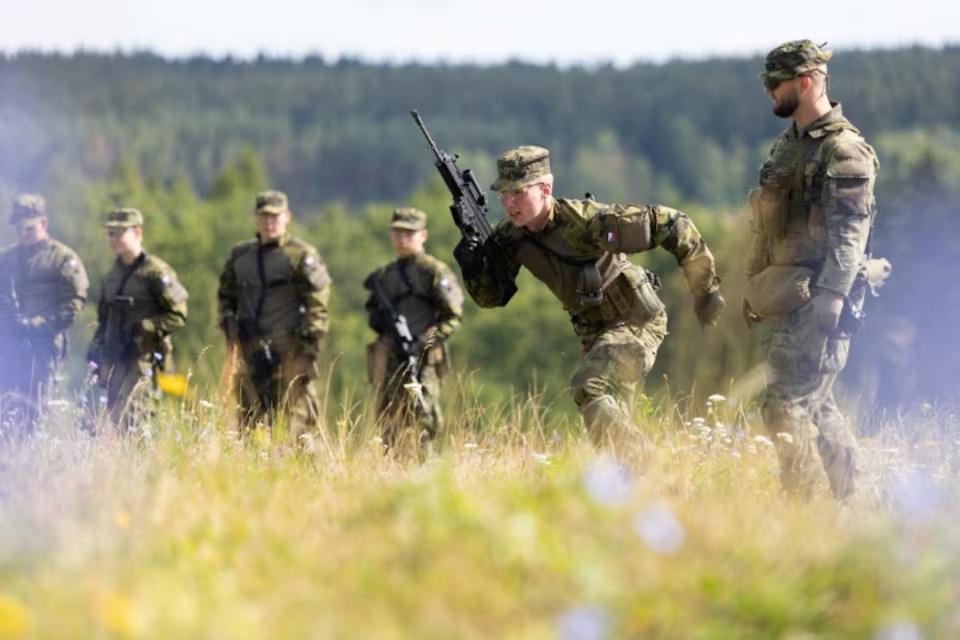
Voluntary military training for schoolchildren at the Hradiste military base near the village of Alberice, Czech Republic, July 29. Photo: Reuters
About 80 Czech high school students spent part of their summer vacation taking part in a four-week military training program, learning about army life at a closed military area 94 km west of the capital Prague.
But General Karel Rehka, the commander-in-chief of the Czech armed forces, has called the current system unsustainable. He said the program is run by the 4th Rapid Deployment Brigade – a military unit operating at only 50% capacity due to a shortage of soldiers.
“We want to deter any potential adversary in the future. If we do nothing about the shortage of manpower in the military…, we will not be able to protect peace and deter any potential adversary,” Rehka said.
According to the latest data from the Czech army, in 2021 the country achieved 56% of its recruitment target and increased to 85% in 2022.
The Czech government has turned to digital marketing campaigns, increased conscription bonuses and considered options including lowering medical requirements for professional soldiers, reservists and new recruits.
Not only the Czech Republic, countries across Eastern Europe are struggling to recruit new soldiers and retain experienced soldiers in the border area shared by Ukraine with Poland, Hungary, Romania, Slovakia.
In Poland, government and military officials say they are meeting recruitment targets and plan to increase recruitment limits, but critics question whether the goal of building an army of 300,000 soldiers is realistic.
The Eastern European country is also looking to increase defense spending to nearly 5 percent of GDP and recently launched a recruitment campaign called “Holiday with the Army,” which offers citizens aged 18 to 35 basic military training for 28 days.
But Polish Defense Ministry data shows that while the number of new recruits is up according to the latest available figures, up to 9,000 professional soldiers will still leave the army by 2023.
The Hungarian army has also launched a media campaign using billboards and a military-themed television series scheduled to air in late 2024 to recruit new soldiers.
Meanwhile, in Romania, the government has begun a recruitment campaign after recent data from the country's Ministry of Defense showed that 43% of officer positions were unfilled, along with 23% of soldier and other professional ranks.
NATO’s Western European members face similar challenges. In July, Reuters reported that NATO would need between 35 and 50 additional brigades to fully implement new plans to defend against any attack on alliance territory.
Hoai Phuong (according to Reuters)










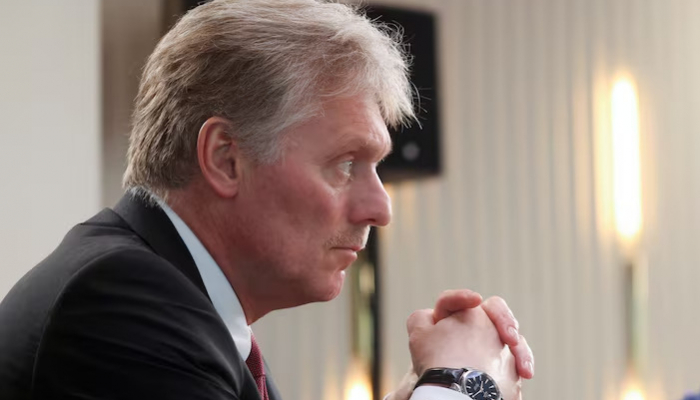



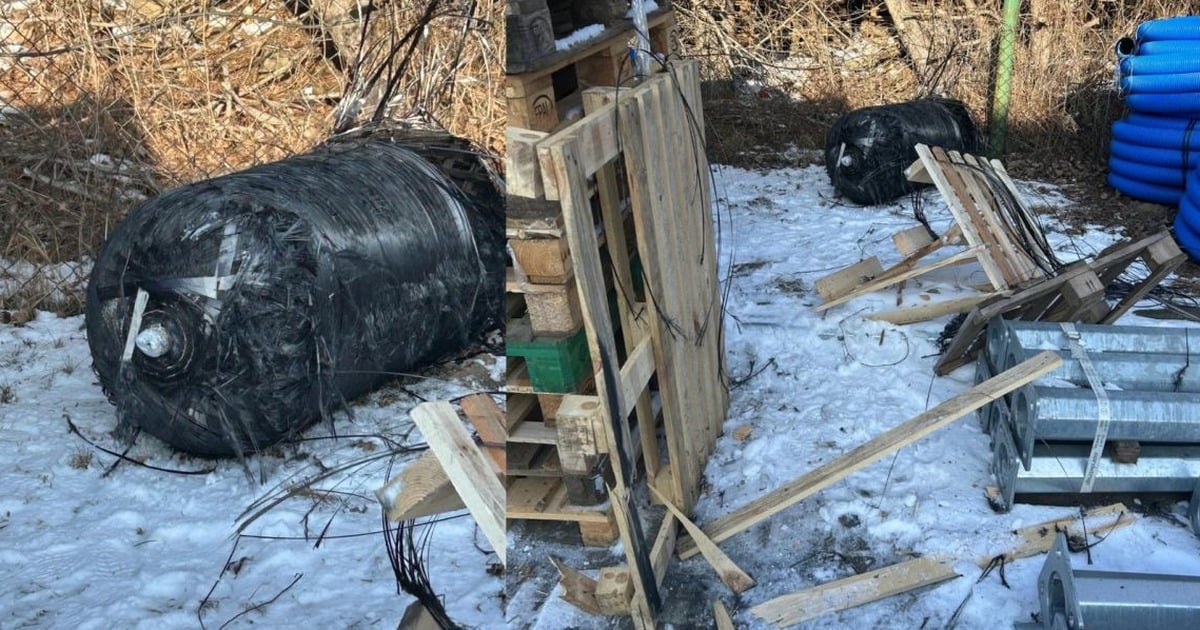





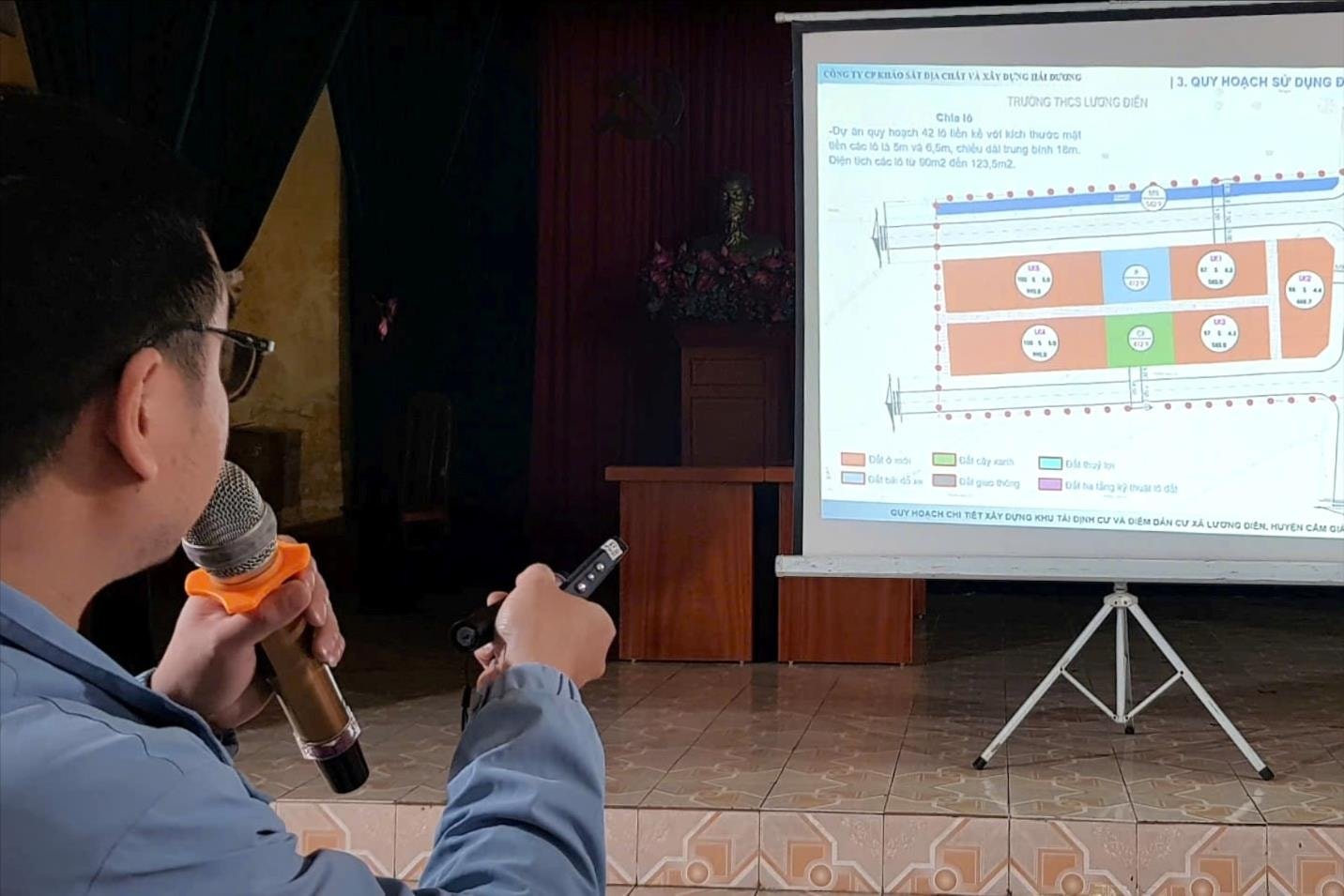














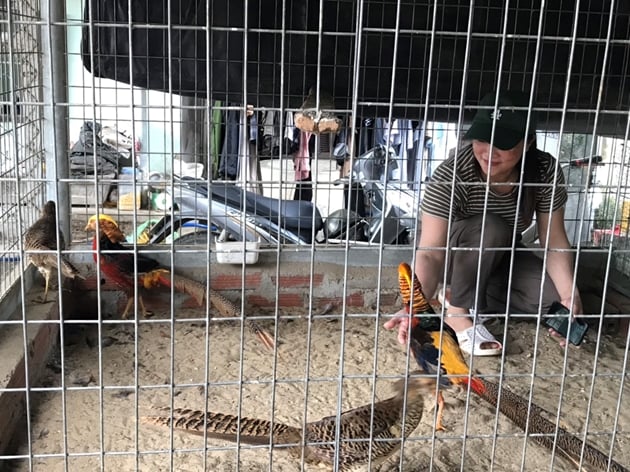



Comment (0)